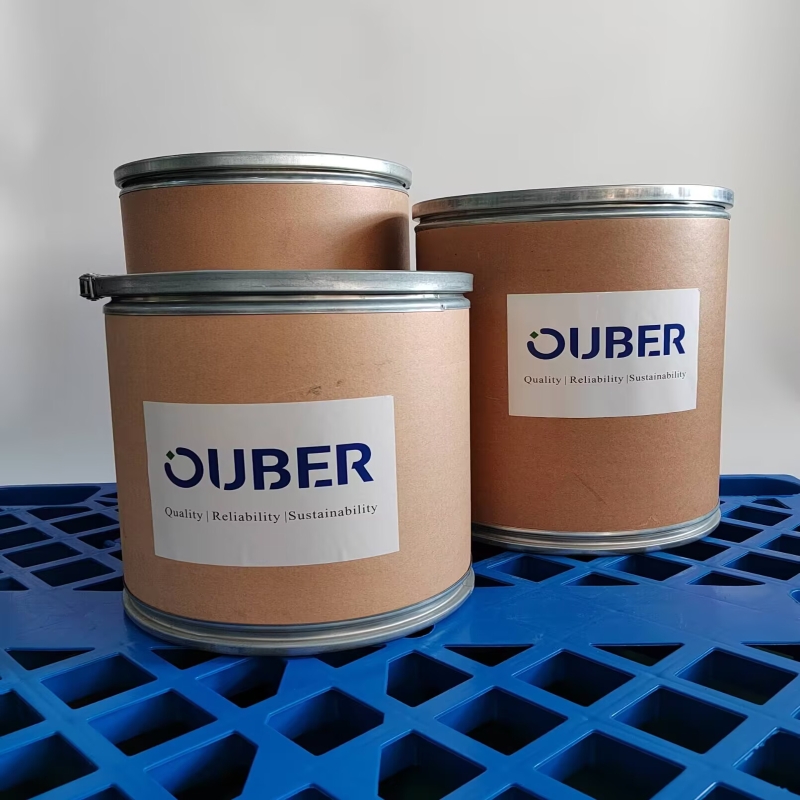Which is good for food and dietary supplements? Translation
-
Last Update: 2021-02-06
-
Source: Internet
-
Author: User
Search more information of high quality chemicals, good prices and reliable suppliers, visit
www.echemi.com
dietary guidelines generally recommend that consumers consume nutrients from natural foods.
2010
U.S. Dietary Guidelines state that some high-risk groups, such as pregnant women and the elderly, should eat fortified foods and special dietary supplements to achieve adequate nutrition. The Dietary Guidelines Advisory Committee paid particular attention to several important nutrients, including potassium and
V
D
. However,
2007-2010
NHANES
data show that the Institute of Nutrition and Health believes there are many other nutrients to be concerned about, including
V
B
, magnesium, iron, and even
V
A
.many factors affect the absorption and use of nutrients, which goes beyond our basic understanding of absorption.mechanisms for regulating nutrient absorption and excretion depend on various host factors. Some of these factors include age, gender, physical status, as well as food sources and nutritional chemistry. This leads people to think about food factors, such as the presence and content of other nutrients, nutrient absorption inhibitors, food preparation processes, storage conditions and storage time.many nutrient absorption inhibitors are found in plants. Phytic acid, herbic acid and polyphenols are the three main inhibitors. Phytic acid, found in seeds, nuts, vegetables, fruits, legumes and cereals, can reduce the absorption rate of minerals such as iron, magnesium, zinc and calcium by
18%
-
82%
. Similarly, herbal acids can reduce the absorption of these nutrients. Polyphenols and their associated compounds, which are famous for their "potential health benefits", represent material characteristics of foods and beverages such as tea, coffee, wine, and herbs and spices.recent review summarizes the complexity of the absorption, distribution, metabolism, and excretion of flavonoids and related phytonutrogens. Evidence suggests that animals excrete these plant nutrients, which are considered exogenous substances, through urine. For example, resveratrol found in red wine is quickly converted into its metabolites. Within
1
hours, these metabolites reach the maximum plasma namore concentration, usually one-thousandth of
dietary intake. Nearly
70%
of the metabolites are absorbed, most of which are rapidly excreted. On the other hand, only about
3% of
anthotin and its associated compounds are absorbed and the maximum plasma molar concentration is reached within approximately
10
hours, followed by limited loss of urine excretion (
<0.1%
). These large differences in pharmaceutical dynamics reflect the nature of glycosyl, the structure of parent compounds, and the presence of special digestive enzymes.limited evidence that increasing glycosaccharies, such as glucose, semi-lactose, and lycopols, in combination with polyphenols can improve absorption. Phenols linked to rat lipos cannot be absorbed by the small intestine, but can be hydrolysected by microorganisms in the large intestine.dietary supplement represents a chemical resistance substitin. These substations are often produced with many vitamin similarities during storage. On the other hand, the test of folic acid and vitamin
B12
was carried out on the substitut, and the evaluation of similar nutrients in the food environment showed nutritional imbalance. Folic acid in food has polyglutamate, prototype, unstable, low biological utilization of
(-50%)
Natural chemical structure. In dietary supplements, the chemical structure of folic acid is monoglutamate, oxidizing, stable, and has good bio-utilization (
85%-100%
). About the
effects
B12, the best source is animal-based foods. This complex nutrient can only be synthesized by selecting bacteria and some algae. Other factors affecting bioutil utilization are granularity, ion status
packaging type and drug synergy.there are still many problems with the biological utilization
of dietary components and the health interactions between them. These issues extend to the clinical sphere and relate to microbiomics and the evaluation of the results of obesity interventions. So, is the biological utilization of natural nutrients in food better than dietary supplements? Based on our current understanding of the biological utilization rate of nutrients, it is not possible to give a definitive conclusion.
This article is an English version of an article which is originally in the Chinese language on echemi.com and is provided for information purposes only.
This website makes no representation or warranty of any kind, either expressed or implied, as to the accuracy, completeness ownership or reliability of
the article or any translations thereof. If you have any concerns or complaints relating to the article, please send an email, providing a detailed
description of the concern or complaint, to
service@echemi.com. A staff member will contact you within 5 working days. Once verified, infringing content
will be removed immediately.







